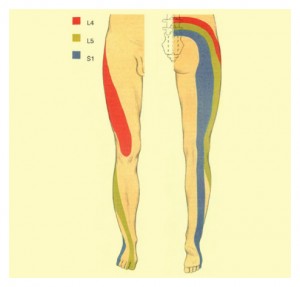Generally speaking, if a physical exam doesn’t reveal an inguinal hernia or other causes of groin pain, the condition is classified as a sports hernia. It is one of the most difficult groin conditions to diagnose, because it is a subtle muscle injury with no visible hernia (bulging tissue).
To help your doctor achieve a proper diagnosis, he/she will begin with a medical history about you, your current condition and symptoms. He/she will inquire about the intensity of your present pain, the duration of your symptoms and the limitations you are experiencing. Details about what instigated the problem, when it started, and whether or not you have ever had treatments for this or a similar condition in the past, are very helpful in assessing your injury.
Most Common Diagnostic Tests for a Sports Hernia
Although diagnostic tests will not identify a sports hernia, they will often rule out other conditions that cause groin and abdominal pain.
X-rays will provide a two-dimensional image of the overall structure of your pelvis. They are helpful in identifying pelvis instability, abnormal bone shapes (bone spurs or bone cysts, fractures, wear and tear on the joints) and/or other groin or hip problems. A herniography (x-ray involving an injection into the membrane of your abdominal cavity) is rarely used anymore, as other diagnostic tests are available and there is a risk of sticking the needle into your intestines.
Isotope Bone Scans are used to identify bone abnormalities, such as a tear, inflammation, fracture or infection of the pubic bone. It will also identify whether other groin conditions are present (osteitis pubis).
MRIs (magnetic resonance imaging) will provide more detailed information and will help to evaluate the soft tissues in and around your groin and pelvis (muscles, tendons, ligaments, fascia, and other connective tissues). It can identify ligament or tendon damage, and can help to determine the extent of your injury, the displacement and degree of your tear or inflammation, as well as other associated groin conditions.
Diagnostic ultrasound (ultrasonography) or a CT scan (computerized tomography) will be used to provide a more thorough 2 or 3-dimensional assessment of the soft tissues, organs and bones in and around your groin and pelvis.

